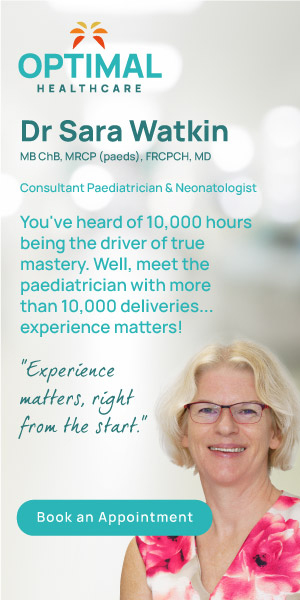Visual experiences are essential in a child’s development, affecting their learning, socialisation, and overall well-being. We celebrate Children’s Eye Health and Safety Month every August to recognise the importance of children’s eye health and safety.
Children are naturally curious, and their eyes are their primary source of information. Visual stimuli contribute significantly to the child’s mental and emotional development. A child’s eyes develop after birth, and the optical system develops rapidly between infancy and childhood. Therefore, early detection and management of cataracts or eye health issues is essential for optimal outcomes.
A clear vision is critical to a child’s learning journey. Visual tasks such as reading, writing, and participating in activities on digital devices in a classroom environment require skilled visual organization and the ability to track and concentrate. Visually incorrect concerns can interfere with a child’s academic progress and lead to comprehension difficulties, slow reading speed, and a lack of enthusiasm for learning.
In today’s digital age, children are exposed to screens more than ever, whether for educational or entertainment purposes. Prolonged exposure to a screen can cause digital eyestrain, causing symptoms such as eye fatigue, headaches, blurred vision, and blurred vision. To combat these effects, parents and caregivers should encourage the 20-20-20 rule: For every 20 minutes of screen time, encourage the child to watch something that has a distance of 20 feet for at least 20 seconds. Ensuring adequate lighting and supportive screen ergonomics can help prevent digital blindness.
Common eye conditions in children
Many eye diseases are more common in children than adults, emphasising regular eye exams’ importance. Some everyday situations are:
Amblyopia (Lazy Eye)
This condition occurs when one eye has less vision than the other due to lack of use during the critical period of visual development. Early detection and treatment can improve vision and prevent long-term vision damage.
Strabismus (Crossed Eyes)
Strabismus is an irregularity of the eyes, resulting in poor depth perception and function. Usually, early glasses, panels, or surgery are needed.
Visual Errors
Near-sightedness (myopia), farsightedness (hyperopia), and astigmatism are common refractive errors that affect a child’s visual acuity. Corrective glasses or other treatments can address these issues.
Promoting the eye safety of children
In addition to focusing on eye health, Children’s Eye Health and Safety Month highlights the importance of eye safety. Accidents and injuries can happen in seconds, damaging a child’s eyesight permanently. Parents and carers should take preventive measures, e.g.
- Encourage children to wear safety glasses during sports and recreation to prevent eye injury from flying objects or impacts.
- Choose age-appropriate, well-made toys that don’t have sharp or protruding parts that could hurt a child’s eyes.
- Teach children about the dangers of chemicals and the importance of washing hands and face immediately if they encounter any potentially harmful substances.
Children’s Eye Health and Safety Month reminds us never to take the gift of clear vision for granted. Parents, caregivers, teachers, and health professionals all play an essential role in ensuring children’s eyesight is cared for and protected. Regular eye exams, quality eyesight, and a safe environment can help improve a child’s vision, enabling them to explore the world with clarity and confidence.
Here in the Cayman Islands, Neonatologist and Paeditirican Dr. Sara Watkin ensures that from birth, your baby is healthy and gives them the utmost care within 48-72 hours of birth. While many different physical examinations are done on the baby, in this case, eyes are also one of the screening tests she specialises in. While conducting this examination, Dr Watkin checks the baby’s eye movements and looks for conditions. These conditions include cataracts, which are a clouding of the transparent lens in the eyes. She also looks for other conditions in the baby’s eyes as well. She states, “About 2 or 3 in 10,000 babies are born with eye problems that require treatment. The examination is not a test of how well your baby can see, purely a way of spotting complications or certain conditions.”
As we commemorate Children’s Eye Health and Safety Month, let us recommit to preserving and nurturing the precious gift of sight that paves the way to brighter and more colourful futures for our youth.




